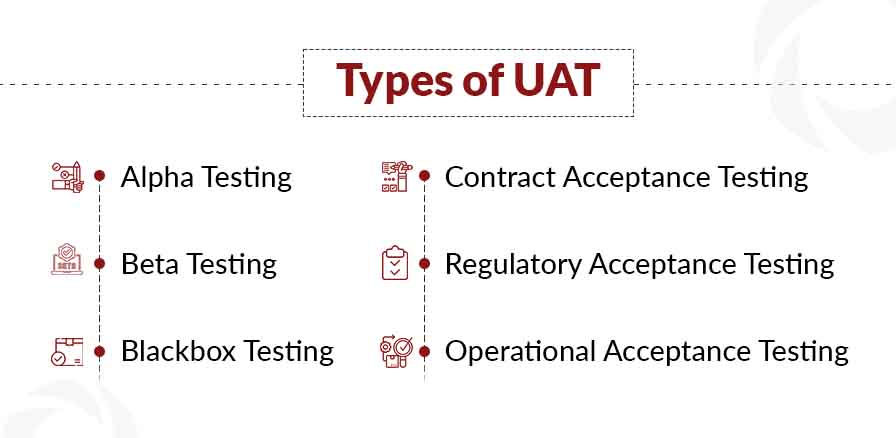
User Acceptance Testing (UAT) is a crucial phase in software development that ensures a product meets user expectations. In this blog post, we’ll demystify UAT, exploring its significance, processes, and best practices. Dive into the world of UAT and understand how it contributes to the delivery of high-quality software.
Sections:
- Introduction to User Acceptance Testing (UAT)
- The Importance of UAT in Software Development
- Key Stakeholders in the UAT Process
- Planning and Preparation for UAT
- Executing UAT: Test Cases and Scenarios
- Common UAT Challenges and How to Overcome Them
- UAT Automation: Pros and Cons
- Monitoring and Reporting UAT Progress
- Successful UAT Closure and Sign-off
- Connect with Tacktical Marketing – Your Partner in Software Quality Assurance
1. Introduction to User Acceptance Testing (UAT)
Establish the foundation by introducing User Acceptance Testing and its role in the software development life cycle. Explain how UAT focuses on ensuring that the software meets user expectations and is ready for production.
2. The Importance of UAT in Software Development
Dive into the significance of UAT in software development. Discuss how UAT helps identify issues, validates functionality, and ensures that the software aligns with business requirements. Emphasize its role in delivering a product that satisfies end-users.
3. Key Stakeholders in the UAT Process
Identify and discuss the key stakeholders involved in the UAT process. This includes end-users, business analysts, QA teams, and developers. Highlight the importance of collaboration and communication among stakeholders for a successful UAT.
4. Planning and Preparation for UAT
Explore the planning and preparation phase of UAT. Discuss how a well-defined UAT plan includes objectives, scope, timelines, and resource allocation. Emphasize the importance of setting clear expectations and obtaining user feedback early in the process.
5. Executing UAT: Test Cases and Scenarios
Delve into the execution phase of UAT, focusing on creating test cases and scenarios. Discuss how test cases should align with user requirements and cover various usage scenarios. Highlight the importance of thorough testing to uncover potential issues.
6. Common UAT Challenges and How to Overcome Them
Address common challenges encountered during UAT, such as communication gaps, unclear requirements, and resistance to change. Provide strategies to overcome these challenges, emphasizing the importance of continuous communication and user involvement.
7. UAT Automation: Pros and Cons
Discuss the pros and cons of UAT automation. Explore how automation can streamline repetitive tasks, increase efficiency, and enhance test coverage. However, acknowledge the limitations and the need for a balanced approach to automation in UAT.
8. Monitoring and Reporting UAT Progress
Examine the monitoring and reporting aspects of UAT. Discuss how progress is tracked, issues are identified, and reports are generated. Emphasize the need for real-time visibility into UAT progress for effective decision-making.
9. Successful UAT Closure and Sign-off
Explore the criteria for successful UAT closure and obtaining sign-off. Discuss the importance of meeting acceptance criteria, resolving identified issues, and ensuring that stakeholders are satisfied with the tested product before proceeding to production.
10. Connect with Tacktical Marketing – Your Partner in Software Quality Assurance
Ready to ensure the success of your UAT process? Tacktical Marketing is your strategic partner in software quality assurance. Connect with us to explore how our expertise can assist your team in implementing effective UAT practices and delivering high-quality software.
In conclusion, understanding User Acceptance Testing is pivotal for delivering software that meets user expectations and business requirements. By demystifying the UAT process, businesses can enhance collaboration, streamline testing, and ultimately ensure the successful deployment of software solutions. Partner with Tacktical Marketing to elevate your software quality assurance practices and deliver software with confidence.
